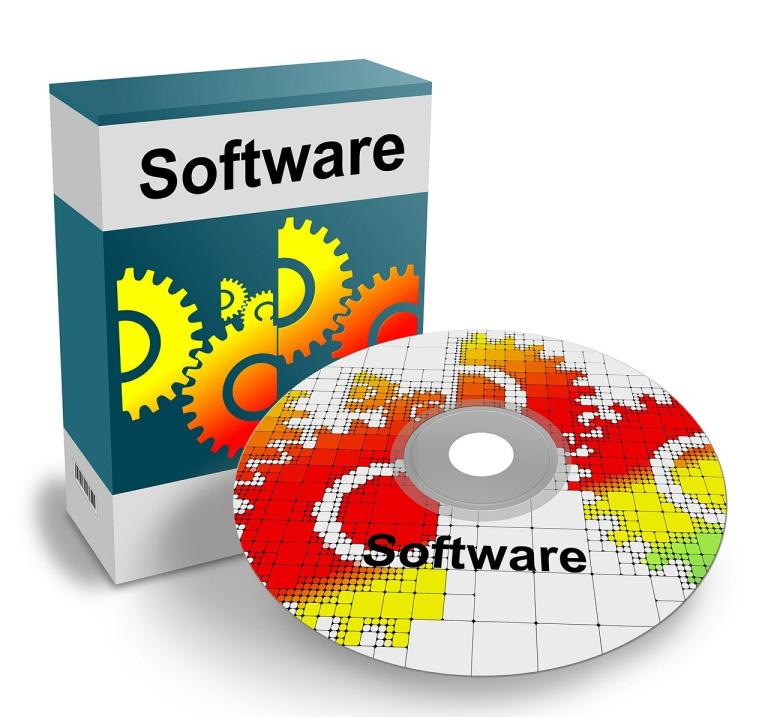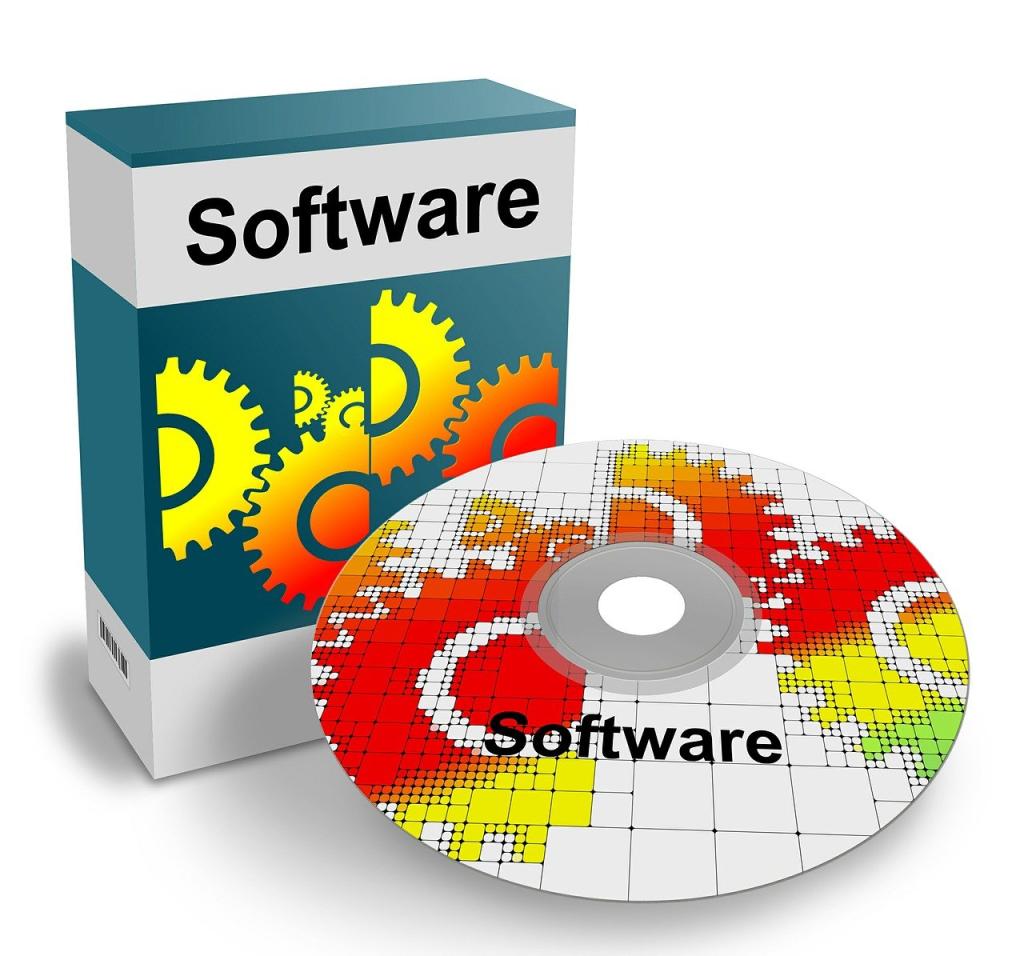With the world becoming increasingly technologically advanced, maintaining up-to-date and modern software solutions is essential for enabling growth and success.
Whatever the size of your business, it can be difficult to decide exactly when you should look to change the software that your business utilises.
Beyond that, it’s more challenging to identify whether it’s worth investing in an entirely new bespoke tool or simply update your existing solution.
Leveraging over 20 years’ experience working for a variety of sectors and industries, our team has put together this guide to help answer this question.
Whether you use bespoke software to manage customer data or operate a retail business with a custom-built stock management tool, these questions and points will help you make an informed decision.
Do you even need a change?
It’s important to recognise the difference between wanting to make changes and needing to make changes. For a business, unnecessary expenditure is not an option, so it’s important to invest in software only when necessary.
There are a few key signs that you are desperately in need of new or updated software:
- Productivity or functionality is being impacted by user experience issues
- Productivity or functionality is being impacted by years of mismanaged data
- Features have broken or do not work correctly
- Bugs are prevalent leading to crashes, broken features or productivity slump
- The software’s framework or foundations are now outdated and incompatible with modern technologies
If your software fulfils at least one of these criteria, you should have your software updated or replaced with a new solution. But, should you update what you have or start from scratch?
In our experience, there are two stages which will help you make the most informed decision possible.
Decision Stage 1
The answer to the question of whether to update or start from fresh is different for every organisation. As with all things, there is no clearly defined answer, it depends on your business’ specific needs and requirements. However, whilst we can’t give you a specific answer to the question, we can still show you some key considerations which will impact your decision.
The first stage of the process is to base your decision on the reason why you are looking to update:
1. Productivity / functionality has user experience issues – new software
For software to be effective, it has to be usable. Overcomplicated software solutions may do a lot of things and solve several issues but they are often ineffective in practice, simply because they’re hard to learn and users become frustrated with them. This leads to a drop in productivity as well as a reduction in user satisfaction.
Unfortunately, particularly for older software, the user experience of a tool is often baked into its functionality. As a result, it’s very difficult to alter the logic and information architecture behind the software without taking it apart and starting again, in which case investing in a completely new software solution would solve the issue whilst granting many other advantages.
2. Productivity / functionality impacted mismanaged data – depends
As with all things, software has a lifespan and cannot last forever. This is partly because technology is continually advancing and improving but it’s also the result of human use. We are imperfect creatures and as we use software, we often make mistakes, leading to anomalous information or incorrectly placed data. This mounts up over time, leading to vast swathes of old, incorrect data which bogs the software down.
In this case, an update or a new software solution is necessary. Which to choose? The answer lies in how big an issue you are facing. Well-designed software will allow for bulk data deletion which can help or, if this not viable, an update can make it possible. But, for businesses which can’t afford to delete anomalous data or simply have too much information to work with, a new software solution may be more effective.
If you are still unsure, consider contacting a software house to receive advice from a team of experts.
3. Features have broken / don’t work properly – update
Over time, software can break, particularly if it is complex and features a lot of ‘moving parts’. In these cases, it’s usually possible to diagnose the cause of the break and fix this with an update without incurring a large expense.
The majority of organisations have an internal tech team which could work to find the cause of the break and work on amending it; however, a dedicated software house can also help consult if you struggle to find what is creating the issue.
4. Bugs are prevalent leading to crashes – update
Whether it’s a missing navigation bar or certain screens or a complete software crash, bugs can be incredibly frustrating for users and result in a huge productivity drop. This becomes an issue for software-as-a-service (SaaS) providers and regular organisations alike, as it leads to a poor relationship between the user and the software which can be difficult to amend or improve if left too long.
Fortunately, most bugs are fixable once they have been reported to the developers with reproducible instructions. A swift software update should do enough to prevent these crashes or productivity decreases and ensure your tool is operating at full capacity.
5. Software framework now outdated, incompatible with modern technologies – new software
If you’re finding that your current software is presenting compatibility issues with modern technology or simply can’t keep up with the demands of your business, it’s unlikely that an update will fix the problem. Fundamental issues like this can only be patched so much before they reach their limit, in which case, it’s time to invest in entirely new software which uses newer frameworks.
Decision Stage 2: rank priorities
After you have considered your reasons why and how that impacts your decision-making, in our experience, there is lots of value in outlining your priorities as a business and ranking those in order of importance. This should help you finalise your decision by ensuring your choice is based on your organisation’s needs.
Here are some of the most important priorities you should consider within your ranking process.
Affordability – update
If affordability is the most important part of the package for your organisation, then it’s likely that you will want to lean towards updating your software rather than investing in an entirely new tool. Good software development is not cheap and asking a software house or internal development team to update an existing framework will almost always be cheaper.
Speed and timeline – update
As well as being better from a budget perspective, updating software is also significantly faster than starting afresh. If you require a solution to your issue sooner rather than later, it makes sense to update what you have in the interim, then invest in new bespoke software once you have time to work with.
Scope of changes – new software
It’s always important to think about the scope of the changes which you require before deciding on updating or starting anew. If you intend to make a vast number of changes to your software and consider all of those changes essential, you may find that updating what you have will take just as much time and effort as starting again.
Additionally, adding many new features to an existing framework will make your tool more prone to bugs, breaks and functionality issues; at which point, it would have been more efficient to invest in an entirely new solution from the beginning.
Ease of implementation – update
Implementing new software or rolling out new software to an entire business can be challenging. Users have to learn how to use new tools effectively and transitioning from old to new can see widespread disruption, though the long-term gain is always worth it.
With that in mind, if your organisation requires a fast and easy transition to ensure the lowest level of disruption possible, updating existing software is the best choice. Updates require little training or learning from staff or customers, making the shift much easier, which can be important during busy seasonal events or periods of rapid growth.
User Experience – new software
Particularly for SaaS organisations, user experience can be an essential factor for software success and business growth. In these cases, updates and additional features which add to the original software framework can lead to messy, clogged software design which users find more difficult to navigate.
As a result, organisations which have a particular focus on easy-to-use software should consider whether their proposed update will negatively impact the user experience. If it will, an entirely new platform or bespoke software project may be more sensible from a business perspective.
Still unsure?
Whilst these strategies cover most of the bases to help you make the right decision for your organisation, every business is different and making the right choice can be challenging. At BSPOKE, we pride ourselves on providing industry-leading advice tailored to your project and requirements. Whether it’s consulting on an existing software project you have or developing a new solution from the ground up, we customise our service to you.
For more information about our bespoke services, get in touch with our software experts today.

